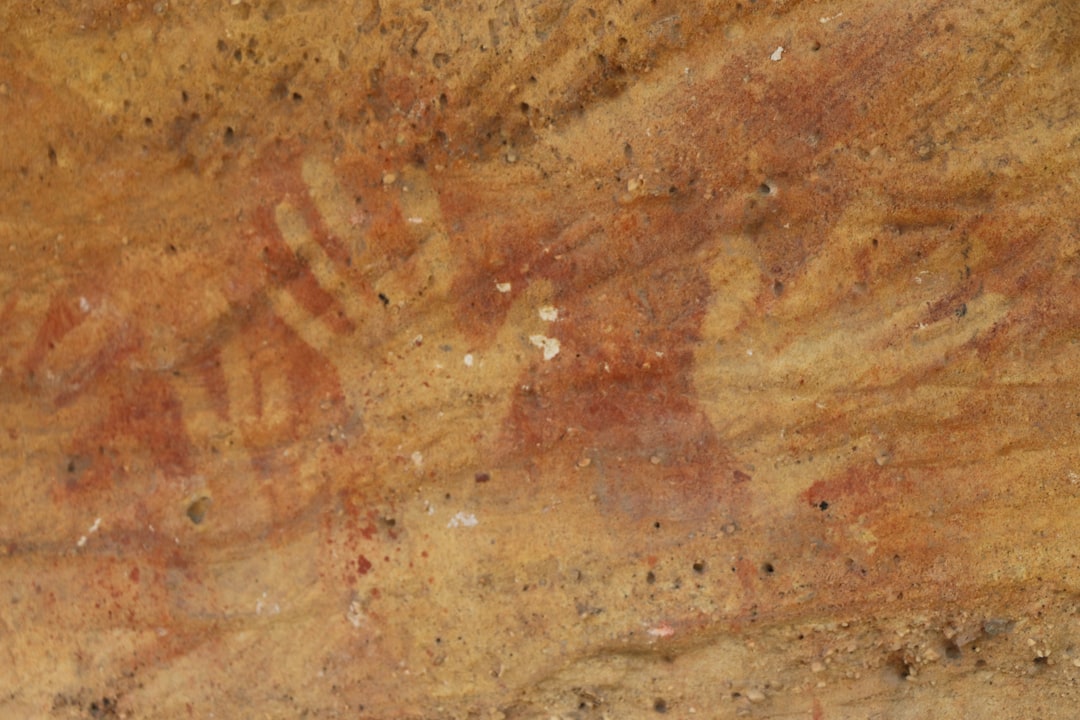What is it about?
DVM in Young Sound persisted throughout the entire winter including the period of the polar night. Polynya-enhanced circulation disrupted DVM favouring zooplankton to occupy the surface layer. The weaker intensity of DVM beneath ice during the polar night was observed when the moon was in full phase.
Featured Image
Why is it important?
In contrast to many previous studies of the high Arctic regions, the DVM signal in Young Sound persisted throughout the entire winter and even during the period of the polar night. However, the DVM signal was significantly disrupted by estuarine-like water dynamics enhanced by a polynya forming over the Young Sound outlet to the Greenland Sea and during the full moon phase of the moon cycle.
Perspectives
Our analysis was limited by the lack of the zooplankton sampling. The deficiency of this analysis clearly defines a necessity for expanding the investigation of zooplankton DVM dynamics in high latitudes ice-covered waters using observations of cloud coverage, incident and sub-ice light climate, zooplankton species composition in addition to acoustic backscatter observations.
Research Scientist - Hydroacoustics Vladislav Y Petrusevich
Government of Canada
Read the Original
This page is a summary of: Wintertime water dynamics and moonlight disruption of the acoustic backscatter diurnal signal in an ice-covered Northeast Greenland fjord, Journal of Geophysical Research Oceans, July 2016, American Geophysical Union (AGU),
DOI: 10.1002/2016jc011703.
You can read the full text:
Contributors
The following have contributed to this page










